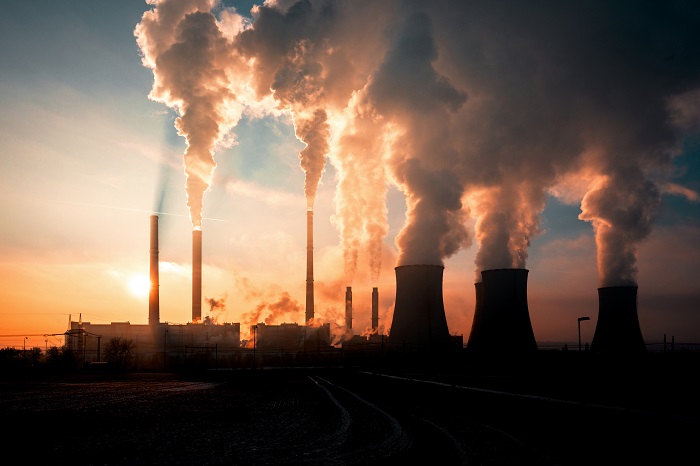EPA Encouraged to Strengthen Air-Quality Standards for Soot

Kathryn Carley – Commonwealth News Service
Environmental and health advocates say the Environmental Protection Agency’s most recent proposal to strengthen national air-quality standards for soot falls short of protecting public health.
Soot, or fine particulate matter, is a dangerous mix of metals and acidic substances – from burning coal, manufacturing and vehicles. The particles are small enough to enter the lungs and bloodstream.
Patrick Drupp – director of climate policy at the Sierra Club – said the EPA could save up to 20,000 lives based on its own science, by adopting a more stringent soot standard.
“Everyone has a right to breathing clean air,” said Drupp. “And right now, that right is being denied to a lot of people around the country.”
Drupp said 20 million Americans live with dangerous levels of soot pollution year-round, and that the EPA is proposing to set soot standards at levels slightly higher than recommended by its own scientific advisory committee.
The public can comment on the proposal until March 28.
The EPA’s draft proposal strengthens the acceptable annual standard for soot exposure – but does not strengthen what’s known as the “24-hour standard,” which protects people from dangerous short-term spikes in air pollution.
Daniel Fitzgerald – director of advocacy for the American Lung Association of Massachusetts and Rhode Island – said annual air quality reports show Massachusetts residents fare better than those in other parts of the country.
“Most Massachusetts counties that reported received ‘A’ grades,” said Fitzgerald. “We did have a couple ‘B’ grades there, so still kind of opportunities for improvement.”
Still, Fitzgerald noted that air is shared – and despite Massachusetts overall good air quality, smoke and ash from massive wildfires on the West Coast last year led to air-quality alerts on the East Coast.
